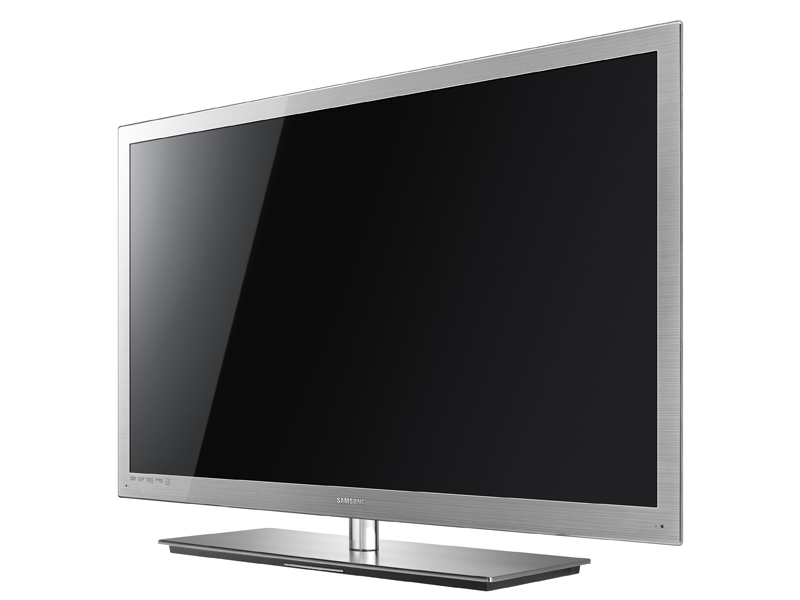Why you can trust TechRadar

There is clearly already a formidable rivalry between Panasonic and Samsung when it comes to claiming best overall 3D performance.
The UE55C9000 offers a wide range of 3D viewing formats: frame sequential Full HD 3D (Blu-ray), side-by-side (Sky and other forward-thinking broadcasters), top and bottom and checkerboard.
As is clear from an exhaustive workout using Monsters Vs Aliens and various test discs, along with the Xbox 360 game of Avatar and the Sky 3D TV channel, the set's 3D performance is very good indeed. Images have genuine depth and retain colour vibrancy despite the glass filtering.
The most contentious issue for Home 3D is crosstalk; this manifests itself as a double-image created when picture information in the left/right eye channels overlap. It can be avoided and/or disguised by fast refresh rates and response times, as well as through aggressive filtering via 3D glasses. But if you look for it, you will find it on most screens. Certainly, it's evident on the Samsung UE55C9000.
Samsung bundles the 3D Blu-ray of Monsters Vs Aliens with its 3D glasses. The disc itself provides a couple of good test sequences. The opening church steeple sequence in itself is quite revealing of Crosstalk.

To improve motion clarity and minimise crosstalk effects, Samsung has adopted a picture processing technique called Dual Black Insertion. The 60Hz per eye refresh rate is upped to 240Hz, but instead of a left/left/right/right image refresh (which is the approach used by Sony), we're treated to a left/black-frame/right/black-frame on-going sequence.
Samsung currently offers a few different styles of 3D glasses and this set ships with a single pair of the SSG-2100AB Active Shutter model. Battery life is rated at 50 hours. They do not rob the screen of too much brightness and they are light, mainly because the LCD lenses are not fully enclosed in plastic rims. This does make them a little fragile, though, and our pair didn't survive being accidentally sat upon in a darkened test room.
Sign up for breaking news, reviews, opinion, top tech deals, and more.

It's interesting to note that the 3D as viewed here is brighter than you'll find at your local multiplex. The filtering also translates to a difference in white balance.
Like Samsung's first crop of 3D screens, the set can convert 2D material to 3D on the fly. This is a fairly contentious technology, and a number of different vendors have their own approach to this, but Samsung arguably does it better than any other current implementation.
The company uses a proprietary algorithm that analyses the incoming signal for depth separation; the image is broken down into 96 segments and then layered to create a stereoscopic 3D image. There are slight vertical black bars left and right, but the effect is often fine. The 3D is unpredictable, but if you stick to a high-quality source (Blu-ray or HD TV) you can get some good results; cinematic material generally looks better than studio fare. The finale of Lost was surprisingly effective.
Current page: Samsung UE55C9000: 3D performance
Prev Page Samsung UE55C9000: Picture quality Next Page Samsung UE55C9000: Sound and value
Steve has been writing about AV and home cinema since the dawn of time, or more accurately, since the glory days of VHS and Betamax. He has strong opinions on the latest TV technology, Hi-Fi and Blu-ray/media players, and likes nothing better than to crank up his ludicrously powerful home theatre system to binge-watch TV shows.
